The Ultimate Colorado Guide to Gem Mining and Discovery: Unearthing Colorado’s Treasures
Gem mining in Colorado is not just a pastime—it’s a vibrant part of the state’s history and culture. With its breathtaking mountainous landscapes, Colorado boasts a plethora of mineral riches beneath its soil. This article delves into the gemstone treasures hidden in the Centennial State, providing an overview of gem mining, its most popular locations, and the tools you’ll need.
The Most Popular Gemstones in Colorado
In the heart of the Rockies, Colorado boasts a wealth of gemstones that appeal to both the seasoned gemologist and the casual collector. To aid your understanding, we’ve compiled a list of both rare and common gemstones found in the state.
Rare Gemstones Found in Colorado
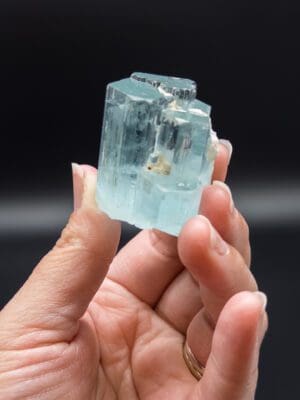

| Gemstone | Description |
|---|---|
| Aquamarine | A blue to green-blue gemstone, known as the state gem of Colorado and predominantly found in the Mt. Antero area. |
| Rhodochrosite | A striking pink to red mineral, known as the “Rose of the Rockies”. Highly valued for its rich color and crystal formations. |
| Blue Barite | A barium mineral that can form into beautiful blue crystals. Often found in tabular crystals in the state. |
| Phenakite | Often colorless, this rare beryllium gemstone is found alongside aquamarine in Colorado’s high mountainous regions. |
| Goethite | This gem ranges from black to dark brown and is known for its unique crystal structures resembling a spike or spire. |
Common Gemstones Found in Colorado
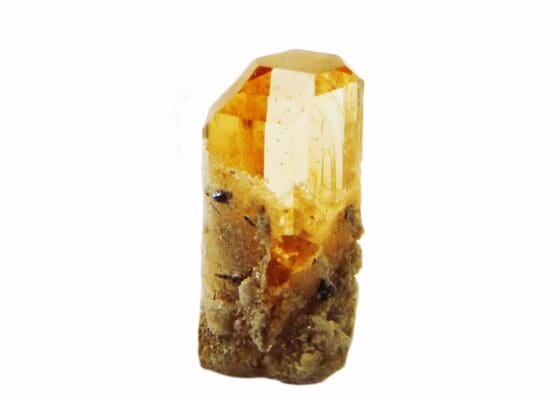

| Gemstone | Description |
|---|---|
| Amazonite | Also called the “Colorado Jade,” it ranges from light green to blue-green and is often paired with smoky quartz. |
| Topaz | Colorado’s state gem, this gem varies from transparent to sherry to blue. Commonly found in pegmatite veins. |
| Smoky Quartz | A dark, translucent variant of quartz that can be found in large crystals, often alongside amazonite. |
| Garnet | Deep red to purplish-red, these gemstones are found in various parts of Colorado, often in metamorphic rocks. |
| Fluorite | This mineral can range in color but is often green or purple in Colorado. It’s known for its cubic crystal structure. |
| Microcline | A type of feldspar, typically white or pale-colored. Often found with smoky quartz and amazonite. |
| Rose Quartz | A pink variant of quartz, commonly found throughout Colorado. Typically found in pegmatite veins. |
| Calcite | Found in a variety of crystal shapes and colors, from clear to amber to green. Often discovered in cave formations. |
| Pyrite | Often mistaken for gold, this “fool’s gold” mineral is a common find in Colorado and forms in golden, metallic crystals. |
| Molybdenite | This silvery mineral is used in steel alloy production and can be found in large quantities in the state. |
Both tables showcase the diversity and richness of Colorado’s geology, setting it apart as a must-visit destination for gem enthusiasts around the world.
Top Gem Mining Locations in Colorado
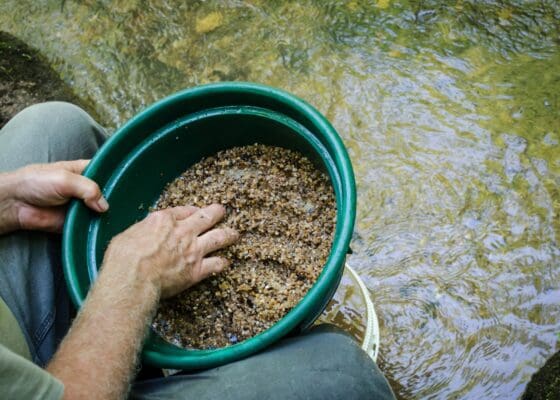

- Mt. Antero, Chaffee County: This towering peak is not just famous for its height but also as a prime location for aquamarine. Its high-altitude terrain hides gem treasures like the state’s gem, aquamarine. Operating hours vary with the seasons, so it’s best to consult local guides. There may be a fee for some sections of the mountain.
- Sweet Home Mine, Alma: Nestled near Alma, the Sweet Home Mine is the place to unearth rhodochrosite crystals, aptly named the “Rose of the Rockies”. Guided tours are available, with fees varying based on the duration and depth of the mining experience.
- Topaz Mountain Gem Mine: Situated near the town of Lake George, this mine is a haven for topaz enthusiasts. Open from May to September, a fee is levied for digging and is based on the number of hours or days you wish to spend.
- Lake George Area: Aside from the Topaz Mountain, the broader Lake George region is a hotspot for amazonite, smoky quartz, and topaz. Some areas are free to access, while others might require a nominal fee.
- Devil’s Head, Douglas County: This location is perfect for those seeking smoky quartz crystals. The area is open to the public, but it’s crucial to be wary of the altitude and pack accordingly.
- Joe Dorris’ Pikes Peak Mine: Owned by the gem-hunting Dorris family, this site offers guided mining experiences where you can find topaz and other gemstones. Fees are charged per bucket of material you wish to sift through.
- The Wolf Mine, Jamestown: Known for fluorite, this location in Jamestown has been a staple for gem hunters. It’s best to check the operating hours and potential fees before planning a trip.
- The Biedell Creek Area, Larimer County: This site is famed for garnets, especially the deep red almandine variety. Free access is granted in certain parts, but it’s wise to check local guidelines.
- Crystal Peak Area: Located west of Lake George, this area is popular for its amazonite and smoky quartz combination finds. Most parts are open to the public, but always respect private property lines.
- GIA Field Gemology Team’s Mining Area, Kelsey Lake: This location was once a commercial source for diamonds. Though the commercial operations have ceased, visitors can still hunt for gem-quality diamonds, albeit in smaller quantities. It’s essential to check for operational timings and fees beforehand.
Exploring these areas can be an adventure, bringing you face to face with Colorado’s rugged beauty while allowing you to delve into its mineral-rich depths. Always ensure you’re well-informed of the location’s specifics before embarking on your gem-hunting journey.
History of Gem Mining in Colorado
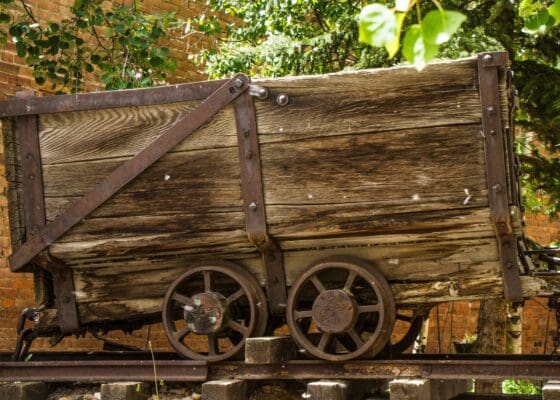

The allure of Colorado’s gemstones can be traced back centuries, well before the famed Gold and Silver rushes of the late 1800s. The state’s gem mining history is as colorful and multifaceted as the gemstones themselves.
The original inhabitants, the Native American tribes of the region, were the first to recognize and utilize the mineral wealth of Colorado. They primarily used locally sourced materials for tools, ornaments, and trading. Stones like turquoise and amazonite were highly valued, both for their beauty and spiritual significance.
With the onset of the European settlers and explorers in the mid-1800s, the focus initially was on the search for gold and silver. The Colorado Silver Boom in the late 19th century brought an influx of miners and settlers hoping to strike it rich. Towns sprung up overnight, and while many sought precious metals, some stumbled upon gem-rich veins, revealing a new treasure trove beneath the state’s rugged terrain.
Locations like Mt. Antero became synonymous with aquamarine finds, with miners braving the high-altitude challenges to extract the blue-green gems. Similarly, the Sweet Home Mine near Alma became a beacon for those seeking the “Rose of the Rockies,” the beautiful rhodochrosite.
The 20th century witnessed a surge in recreational and commercial gem mining. Technological advancements in extraction and processing meant gemstones could be mined more efficiently, and Colorado’s status as a gem hotspot became solidified on the global stage.
Moreover, several gem and mineral shows, now hosted annually, have their roots in Colorado’s rich mining history. These events attract enthusiasts from all over the world, eager to see, trade, and learn about the state’s geologic wonders.
In essence, gem mining in Colorado isn’t just about the stones unearthed but also about the stories they tell—a testament to human perseverance, the thrill of discovery, and nature’s profound generosity.
Gem Mining Regulations in Colorado


Gem mining in Colorado, much like anywhere, isn’t a simple free-for-all. The state has established a clear set of regulations to ensure that mining activities are sustainable, respect the environment, and also the rights of landowners. For both seasoned miners and weekend hobbyists, it’s crucial to familiarize oneself with these rules before embarking on a mining expedition.
To start with, the land in Colorado can be broadly categorized into private, federal, and state-owned. Each land type comes with its own set of guidelines:
- Private Land: You’ll need explicit permission from the landowner to mine or prospect here. Simply finding a gem on private property doesn’t give you ownership; it belongs to the landowner unless otherwise stated. Trespassing without permission can result in heavy fines and even legal action.
- Federal Land: Managed by agencies such as the Bureau of Land Management (BLM) or the U.S. Forest Service, federal lands make up a significant portion of Colorado. Casual prospecting for non-commercial purposes is generally allowed, but if you’re looking to set up a more substantial, permanent operation or sell your finds, you’ll need a claim. This claim gives you exclusive rights to mine a particular parcel of land, but there’s a process involved in staking and maintaining such a claim.
- State Land: These are areas managed by the State of Colorado. Often, mining or prospecting here requires a lease or permit. Also, specific rules might limit the kind of tools or methods you can use.
Regardless of land type, certain environmental guidelines must be strictly adhered to. Colorado places immense value on its natural landscapes and ecosystems. There are regulations to prevent unnecessary deforestation, preserve water quality, and maintain the habitats of local wildlife. Disturbing streams or riverbeds, for instance, can harm aquatic life and disrupt natural water flow.
Further, the ‘Leave No Trace’ principle is heavily promoted, especially in recreational gem hunting. This means that miners should clean up after themselves, not leaving any trash or significantly altering the landscape.
In addition to environmental considerations, safety regulations are also in place, particularly for larger operations. Mines must adhere to safety standards to prevent accidents, and the use of certain chemicals or mining methods might be restricted due to their potential hazards.
Lastly, it’s essential to keep in mind that regulations can and do change. It’s always a good practice to check the latest rules with local agencies or mining associations before starting. Colorado treasures both its gems and its pristine landscapes, and these regulations ensure that both can coexist for generations to come.
Necessary Tools and Equipment for Gem Mining in Colorado
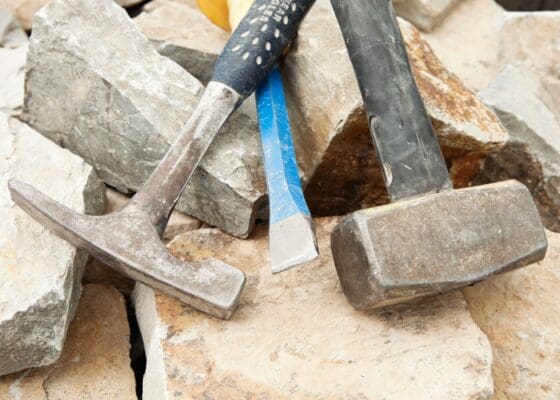

Colorado’s varied terrains, from rushing riverbeds to towering mountains, mean that gem hunting in this state is as much about the adventure as it is about the find. But, regardless of the thrill, being well-prepared with the right equipment can make a significant difference in the outcome of your gem hunting expedition. Here’s what you’ll need to make the most of your time beneath the Colorado skies.
1. Picks and Hammers: Power and precision in every swing!
Description: A geologist’s hammer or pick is invaluable for breaking apart rocks and accessing the gemstones within. Pair this with a good shovel for digging and a set of sieves for sifting through the dirt.


🛒 Check Out Best Picks and Hammers on Amazon
2. Buckets: Your trusted companion for carrying treasures.
Description: Once you’ve unearthed your treasures, you’ll need somewhere to store them. Sturdy buckets are great for larger finds, while smaller containers or pouches work well for delicate or small gemstones.
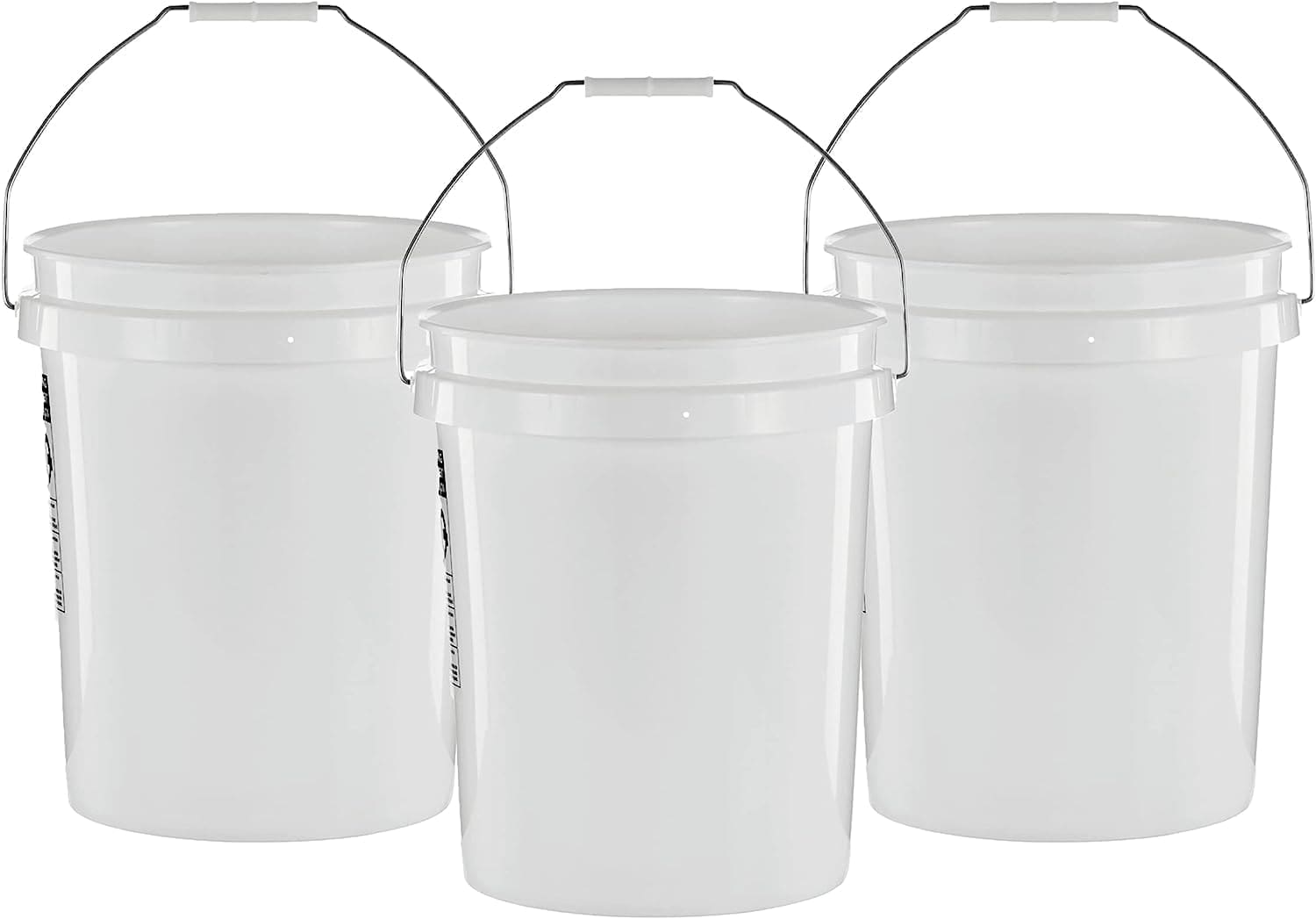

🛒 Shop for Reliable Buckets on Amazon
3. Magnifying Glass: Every detail counts!
Description: Often, the beauty of a gemstone is in its details. A hand lens can help you inspect your find up-close, ensuring you don’t miss out on a potentially valuable piece.


🛒 Grab Your Magnifying Glass on Amazon
4. Gloves and Knee Pads: The rocky terrains of Colorado can be tough on hands and knees.
Description: Protective gloves can prevent cuts and abrasions, and knee pads will make kneeling and searching the ground more comfortable.


🛒 Shop for Reliable Gloves and Knee Pads on Amazon
5. Screening and Classifying Tools: Reveal those hidden treasures!
Description: Especially useful if you’re prospecting in riverbeds or sandy areas, these screens help separate larger rocks and debris from potential gemstones.


🛒 Explore Top Screening Sets on Amazon
6. Guidebooks and Field Guides: Knowledge at your fingertips.
Description: A guidebook on Colorado gemstones can be an invaluable tool. Not only does it offer insights into what to look for, but it can also provide information on where to look.


🛒 Discover the Best Field Guides on Amazon
7. Handheld GPS: Many of Colorado’s gem-hunting sites are off the beaten path.
Description: A reliable GPS can ensure you stay oriented, especially in remote areas.
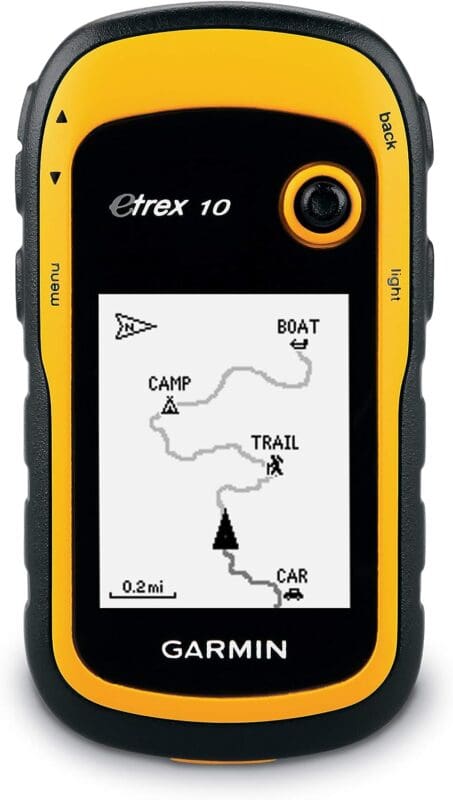

🛒 Discover the Best GPS on Amazon
8. First Aid Kit: Better safe than sorry!
Description: Minor injuries can happen, and having a basic first-aid kit on hand ensures you’re prepared.


🛒 Secure Your First Aid Kit on Amazon
With your toolkit assembled, you’re well on your way to a fruitful gem hunting experience in Colorado. Just remember, the journey is as enriching as the finds, so take a moment to soak in the majestic beauty of the Centennial State.
Tips and Tricks for Successful Gem Mining in Colorado


Gem mining in Colorado is an exciting endeavor, combining the joy of discovery with the state’s unparalleled natural beauty. However, to ensure the best experience, and to increase your chances of unearthing that sparkling treasure, consider the following tips and tricks:
1. Research Before You Go: Colorado is vast, and each mining location has its unique set of gemstones. Researching ahead can give you an idea of what to expect, and more importantly, what to look for.
2. Respect the Land: Always adhere to the ‘Leave No Trace’ principle. Not only does it preserve the beauty of Colorado, but it also ensures future generations can enjoy the same thrilling experience.
3. Join a Guided Tour: Especially for beginners, joining a guided tour can be invaluable. Experienced guides often share their knowledge, teach effective mining techniques, and can lead you to promising spots.
4. The Early Bird: Starting early is advisable. Morning light is great for spotting gems, and the cooler temperatures can make the physical aspects of mining more comfortable.
5. Be Patient: Gem mining is as much about patience as it is about skill. You might not strike gold – or aquamarine – on your first try, but persistence often pays off.
6. Connect with Local Miners: Engaging with local miners or joining a local gem and mineral club can provide you with invaluable insider tips and may even open doors to private mining areas.
7. Dress Appropriately: Weather in Colorado can be unpredictable. Wear sturdy shoes, protective gear, and bring layers to adapt to changing conditions.
8. Bring Ample Water and Snacks: Some mining locations can be remote. Ensure you have enough water and snacks to keep you hydrated and energized.
9. Know Your Gems: Familiarize yourself with the appearance of rough gemstones. Sometimes, an unpolished gem may look like an ordinary rock, so having an eye for potential is crucial.
10. Stay Safe: Always notify someone about your whereabouts, especially if venturing into remote locations. Familiarize yourself with local wildlife and be prepared for sudden weather changes, especially at higher altitudes.
Colorado’s vast landscapes are teeming with hidden gemstones, waiting to be discovered. With the right approach, a keen eye, and a touch of perseverance, your gem mining experience can be both fruitful and incredibly fulfilling. Happy hunting!
Handling Your Gemstone Finds
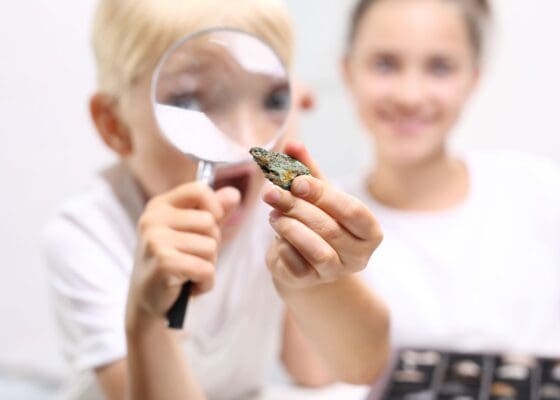

Discovering a gemstone, hidden beneath the earth’s crust for millions of years, is an exhilarating experience. But once that rush of discovery fades, the question arises – what next? Handling, cleaning, and preserving your gemstones appropriately can ensure their beauty shines through for years to come.
1. Gentle Cleaning: Start by gently washing your gemstones in water to remove loose dirt. Using a soft brush, like a toothbrush, gently scrub the surface. For more stubborn grime, a mild soap can be used, but be sure to rinse thoroughly afterward.
2. Storage: Raw gemstones can be delicate. Store them in individual soft pouches or lined boxes to prevent them from rubbing against each other. Keeping them away from direct sunlight also ensures that their colors remain vibrant.
3. Avoid Chemical Cleaners: While some stones can handle chemical cleaners, others can get damaged or discolored. Unless you’re sure of the stone’s nature and reaction, it’s best to avoid chemicals.
4. Identification: If unsure about your find, consider visiting a local gemologist or a gem and mineral show. Professionals can help identify your stone, offering insights into its value and properties.
5. Document Your Find: Take notes about where and when you found the gemstone. Not only does it serve as a wonderful memory, but it can also be valuable information if you decide to sell or appraise the gem.
6. Display: For those proud of their finds, consider creating a display case. This not only showcases the gem’s beauty but also serves as a conversation starter.
7. Consider Polishing: Some gemstones look even more stunning when polished. If you’re interested in this route, seek professionals or gem polishing kits suitable for your specific stone.
8. Valuation: If you suspect your gemstone might be valuable, consider having it appraised. Certified gemologists can provide an estimate of its worth, taking into account factors like size, clarity, and rarity.
9. Responsible Selling: If selling is on your mind, research buyers and consider certification to prove the gem’s authenticity. Remember, selling to a reputable dealer or collector often yields better results than general marketplaces.
10. Cherish the Experience: Beyond the potential monetary value, remember the adventure of discovery. Each gemstone carries a story – of ancient earth processes, of your journey in Colorado, and of the joy of exploration.
In conclusion, whether you see your gems as potential treasures, keepsakes, or simply memories of a day well spent, handling them with care ensures their legacy remains undiminished.
Famous Gemstone Finds in Colorado
Colorado, with its rich geological history, has given rise to numerous tales of astonishing gemstone discoveries. These tales are not merely of geological importance but also weave into the cultural and economic tapestry of the state. Let’s delve into some of the most legendary gemstone finds that Colorado has been privy to.
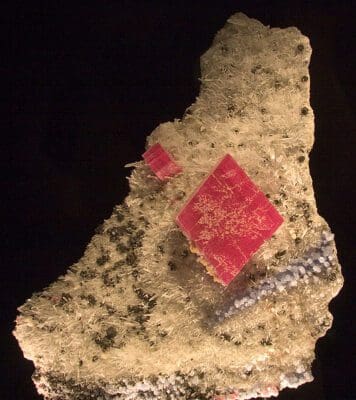

1. The Alma King Rhodochrosite: This magnificent gemstone, considered to be the world’s finest rhodochrosite specimen, was unearthed in the Sweet Home Mine near Alma. Boasting a vibrant red hue, it remains a testament to Colorado’s mineral wealth.
2. The Tom’s Baby Gold Nugget: Discovered in 1887 in the Gold Flake mine in Breckenridge, this stunning eight-pound nugget is one of the most significant gold finds in Colorado’s history. Its name? Allegedly, the miner who found it cradled it in his arms like a newborn, hence “Tom’s Baby.”
3. The Kelsey Lake Diamonds: Located in the State Line Kimberlite District, the Kelsey Lake mine produced several significant diamonds during its operational years. One of the most renowned is a 28.3-carat gem, which was later cut to a flawless 5.34-carat diamond.
4. The Mt. Antero Aquamarines: Mt. Antero is celebrated for its aquamarine deposits. Over the years, several exquisite specimens have been discovered, but one that stands out is a gem-quality, 10-inch long aquamarine crystal, symbolizing the epitome of Colorado’s aquamarine potential.
5. The Devil’s Head Topaz: Located in Douglas County, the Devil’s Head area has been a renowned spot for topaz finds. One particular specimen, weighing over 30 carats, is cherished not only for its size but its impeccable clarity and rich blue hue.
6. The Smoky Hawk Amazonite and Smoky Quartz: Found in the famous Smoky Hawk claim, this mesmerizing combination of teal-blue amazonite paired with dark smoky quartz has become iconic in the mineral world, representing the beauty and diversity of Colorado gemstones.
7. The Lake George Fire Opal: A brilliant fire opal weighing over 150 carats was unearthed in the Lake George area, showcasing a dazzling spectrum of colors and solidifying Colorado’s status as a diverse gemstone hub.
8. The Claw Aquamarine: Named for its unique claw-like shape, this impeccable aquamarine specimen was discovered in the late 2000s on Mt. Antero, underscoring the mountain’s reputation for premier aquamarine finds.
These legendary discoveries underscore the allure and potential of gem hunting in Colorado. They serve as inspiration for both novice and experienced miners, reminding them of the treasures that lie beneath, waiting to be unearthed.
Additional Gem Mining Opportunities
The allure of gem hunting doesn’t stop at Colorado’s borders. The Rocky Mountain region and the broader American West offer a vast array of gem mining opportunities. Here’s a brief overview of what neighboring states have to offer:
1. Wyoming Gem Mining: Known for its jade deposits, Wyoming also boasts impressive finds of opal, red beryl, and garnets, especially in the central and southern parts of the state.
2. Utah Gem Mining: Utah is famous for its topaz, particularly from the Thomas Range and the Wah Wah Mountains. Red beryl, garnet, and opal are also commonly found.
3. New Mexico Gem Mining: The “Land of Enchantment” is rich in turquoise and peridot. Additionally, miners can uncover fire agates, opals, and a range of other gems.
4. Arizona Gem Mining: Famed for its turquoise, Arizona also offers a diverse range of gemstones including peridot, garnet, and the elusive fire agate.
5. Kansas Gem Mining: Though not a traditional gem hot spot, Kansas has deposits of moonstone, jasper, and unique pop rocks, which are captivating for collectors.
6. Nebraska Gem Mining: Known more for its fossils than gems, Nebraska still offers chances to find agates and jasper in the western parts of the state.
7. Oklahoma Gem Mining: Oklahoma’s terrain yields varieties of selenite, barite roses, and several colors of garnet.
As you can see, the treasures of the American West extend beyond Colorado. Each state brings its unique geological tapestry to the gem-hunting experience, offering myriad opportunities for discovery and adventure.
Your gem-mining adventure awaits! Learn more with our comprehensive Gem Mining Near Me guide.
The Unending Lure of Colorado Gems and a Modern Alternative
The magic of gem hunting in Colorado intertwines with the state’s rich geological history, breathtaking landscapes, and captivating tales of discovery. As each miner digs into the earth, they don’t merely seek gemstones; they seek stories, adventures, and connections with a time long past. Colorado, with its mosaic of minerals, from brilliant aquamarines to radiant rhodochrosites, invites one and all into its embrace, promising both challenge and reward.
Yet, not everyone can embark on this expedition, given the constraints of travel, costs, and unpredictable weather. For those eager souls, there’s a thrilling alternative – a gem mining kit. This innovative kit brings the joy of discovery right to your doorstep. Experience the thrill of unearthing gems, understanding their history, and cherishing their beauty, all from the comfort of home. Accessible to everyone, everywhere.

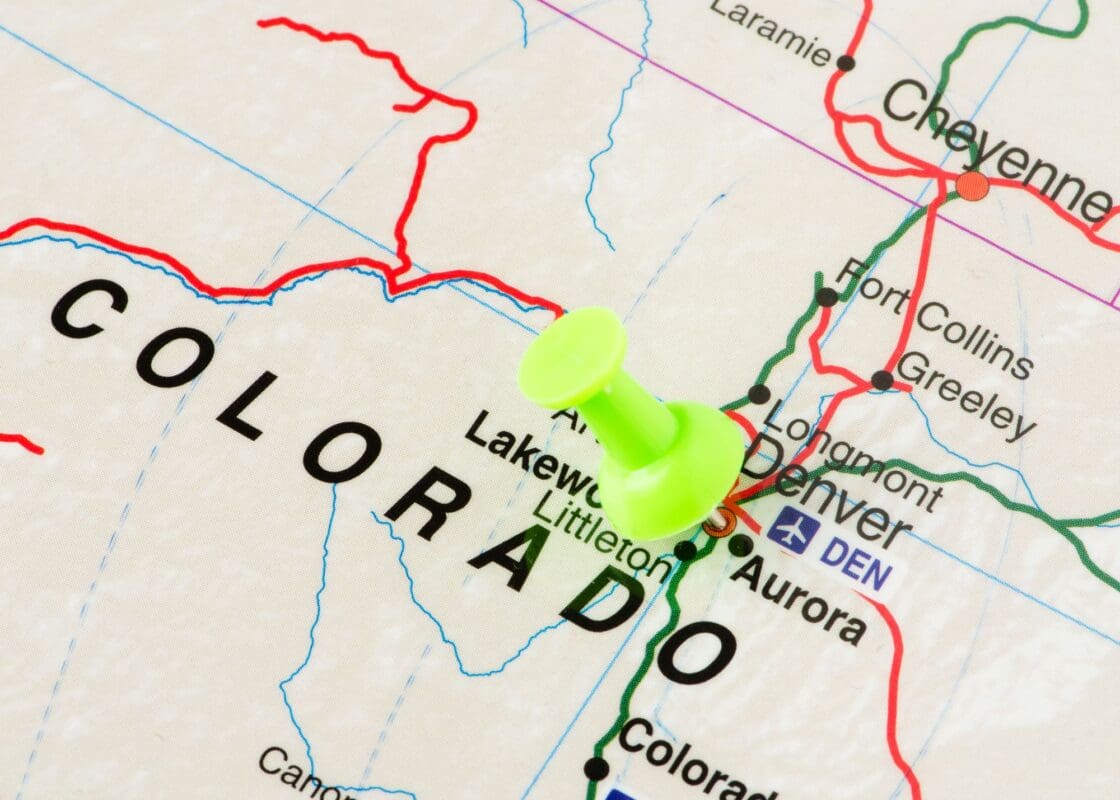
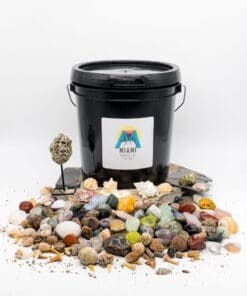
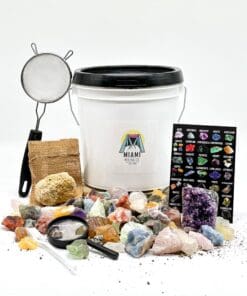
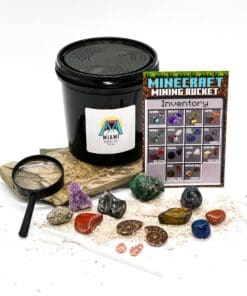
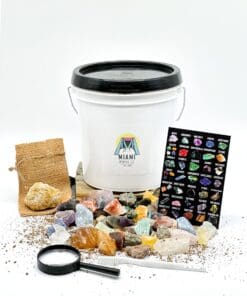
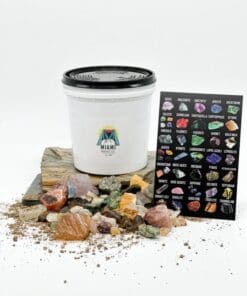
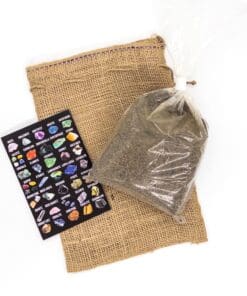
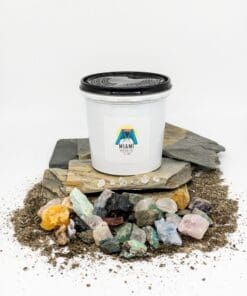
Sabe yo me enco tres piedras pero yo no andaba buscando y lS en co tre y yo se que soy diamantes y quisiera saber que puedo aser con eyas o aser o a donde puedo yr para saber más de que puedo aser necesito horientasion
Yo tengo piedras que son negras oscuras y de madera no sé si tengan un valor y diamante de vidrio pero no sé no sé cómo mandarles fotos de las piedras pero no sé si tienen un valor qué piedra es qué mineral y estoy aquí en Denver colorado en aurora